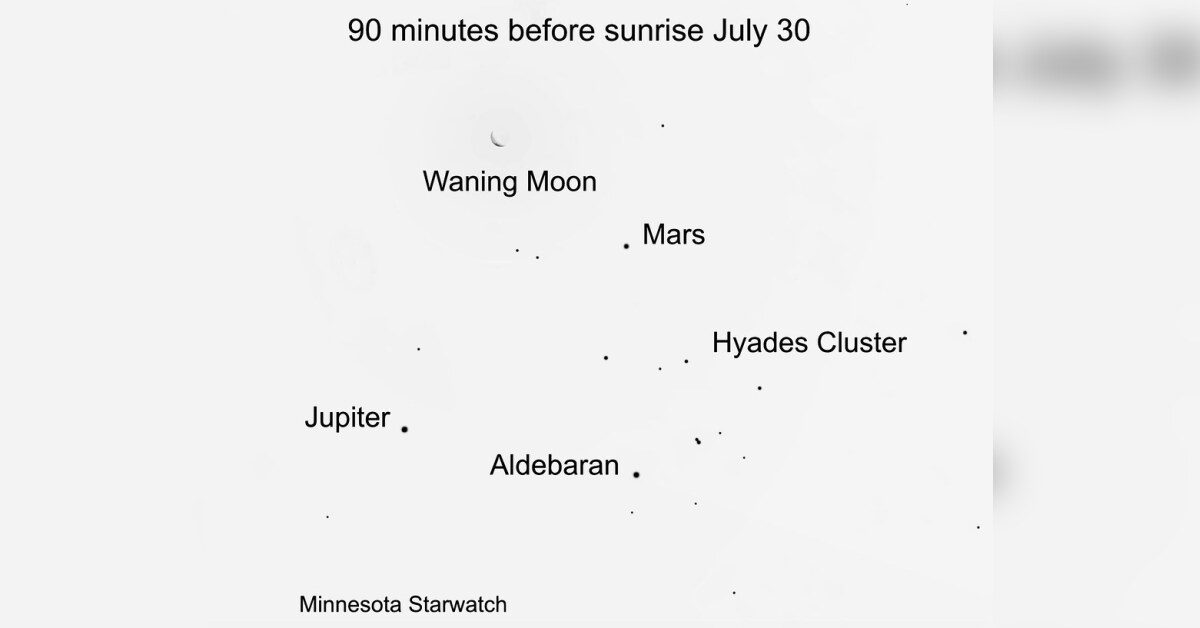Time: 2024-07-20
Turn your attention to the sky this year , Oklahoma , and you ll see celestial events happening every month of 2024 . Full moons , new moons , and Meteor showers are set to light up local skies in 2024 and are visible to the naked eye . Several super and micro moons are expected throughout the year . Micro moons are when the full or new moon is at apogee , or the farthest point on its orbit away from Earth . In contrast , the super moons are when the full or new moon is at perigee , or at the closest point on its orbit to Earth . In addition to the passing of comet Tsuchinshan - ATLAS in October , several meteor showers will be visible.

From July 18 to Aug. 21 the Southern Delta Aquariids Meteor Shower and Alpha Capricornids could be visible , though the meteor shower is strongest in the Southern Hemisphere . According to earthsky.org the Delta Aquariids arrive every year and is best visible before the new moon rises . On July 21 , the Full buck Moon will rise . From July 23 to Nov. 19 , planet gazers will be able to seek out the Neptune when its at its brightest.
Early birds who go out at least an hour before sunrise will see Mars , somewhat low in the east , and Jupiter , lower but brighter in the northeast . On the 2nd , a crescent moon appears between them . During July the planets climb and pull closer , with the gap between them shrinking from 22 degrees to 7 degrees . In the south , Saturn glimmers by itself . As the days go by , the iconic winter stars join Mars and Jupiter . Look for two star clusters : the Pleiades and the V - shaped Hyades , which forms the face of Taurus the bull.
In this month 's evening sky , Antares , the red heart of Scorpius , shines low in the south at nightfall . On the 17th , a waxing moon joins the star . High in the southwest , brilliant Arcturus dominates its kite - shaped constellation , Botes , the herdsman . Just east of Botes , look for the semicircular Corona Borealis , the northern crown , and its one bright star called Alphecca or Gemma . Moving east again , you ll see the hourglass form of the Greek hero Hercules , who hangs upside - down . Next to Hercules shines Vega , the brightest of the three stars that form the large Summer Triangle.
According to NASA , the best places to sky watch are found away from urban areas where light pollution hinders viewers ability to see fainter stars , planets , and other objects . Open areas such as large fields , valleys , hiking trails , and camping sites . However , be sure to ensure your safety before stargazing in a secluded area . The University of Minnesota offers public viewings of the night sky at its Duluth and Twin Cities campuses . Check out astronomy programs , free telescope events , and planetarium shows at the University of Minnesota 's Bell Museum.